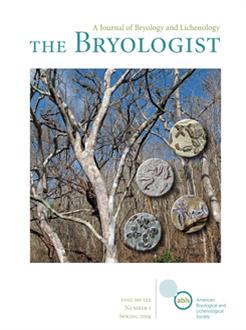The delimitation of species boundaries of tropical lichen-forming fungi remains relatively poorly known. Recent studies demonstrated higher species diversity in tropical areas than previously assumed. Here we focus on the genus Hypotrachyna, which is a speciose group of parmelioid lichens with a center of distribution in tropical areas and on collections made over the last decade in Kenya. We gathered DNA sequences of nuclear ribosomal internal transcribed spacer region (ITS), large subunit (nuLSU) and mitochondrial small subunit (mtSSU) from 136 samples and analyzed them in phylogenetic frameworks. Morphological, chemical and ecological features were re-evaluated. We show that several species that were supposed to have wide, intercontinental distributions consist of separate lineages. Consequently, three new species are described from Kenya: H. kenyana, H. meridionalis, and H. nyandaruaensis. Furthermore, the separation of H. meyeri from H. sinuosa is supported by molecular data and we propose to use the name H. imbricatula for Neotropical samples and H. orientalis for Paleotropical specimens of H. imbricatula s.l. Our study supports the hypothesis that distributional ranges in parmelioid lichens are more restricted than previously assumed.
How to translate text using browser tools
24 May 2019
Molecular and phenotypical studies on species diversity of Hypotrachyna (Parmeliaceae, Ascomycota) in Kenya, East Africa
Paul M. Kirika,
Pradeep K. Divakar,
Ana Crespo,
H. Thorsten Lumbsch
ACCESS THE FULL ARTICLE

The Bryologist
Vol. 122 • No. 1
January 2019
Vol. 122 • No. 1
January 2019
Hidden diversity
molecular systematics
new species
parmelioid lichens
phylogeny
taxonomy




